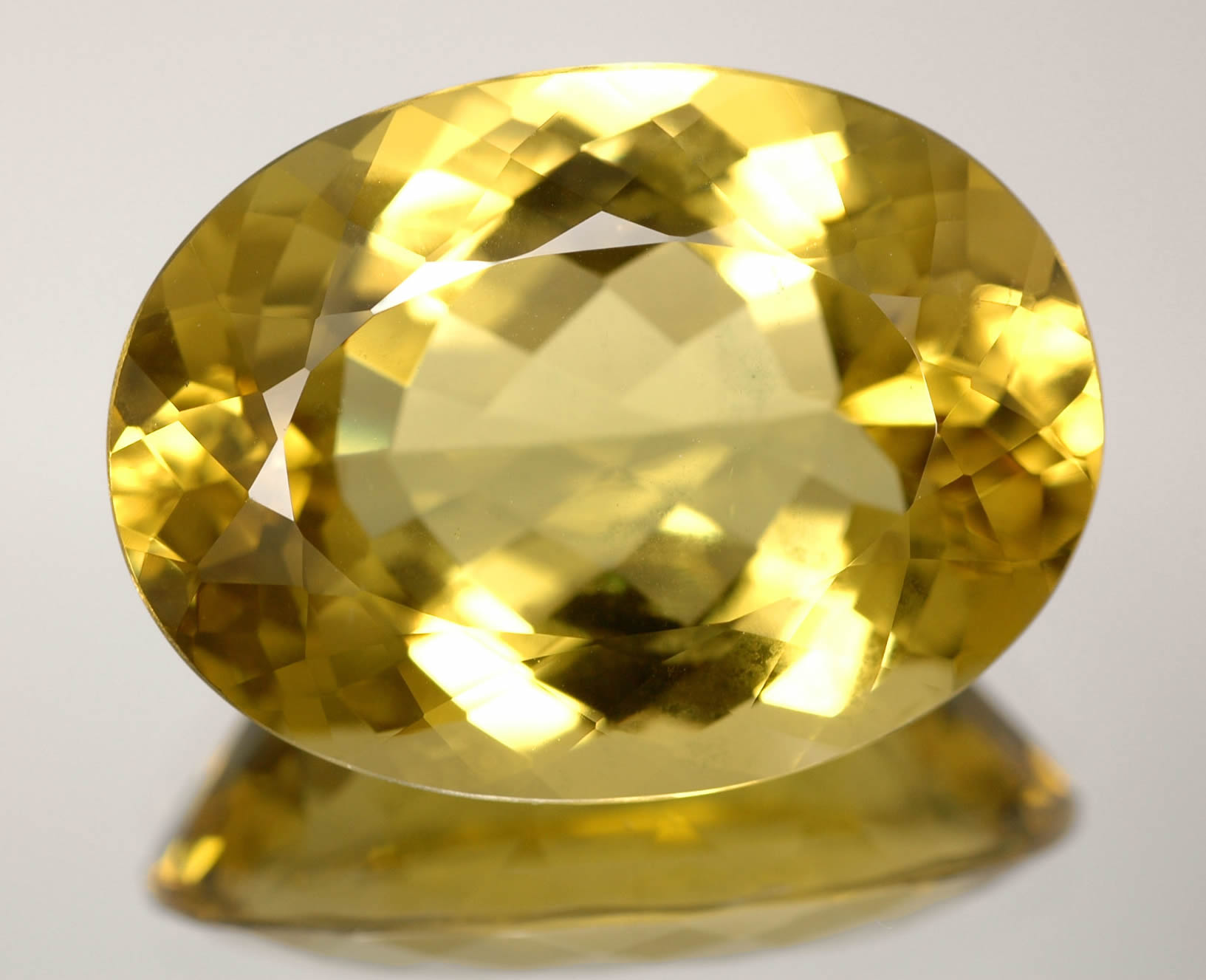Beryl Path Characteristics
Beryl path – Beryl is a silicate mineral with the chemical formula Be3Al2Si6O18. It is a member of the hexagonal crystal system and has a hardness of 7.5 on the Mohs scale. Beryl is typically found in pegmatites, which are igneous rocks that are formed when magma cools slowly and allows large crystals to form.
Beryl is a relatively rare mineral, but it is found in a variety of colors, including green, blue, yellow, and pink. The most common color of beryl is green, and this variety is known as emerald. Emeralds are highly prized for their beauty and rarity, and they are often used in jewelry.
Crystal Structure
Beryl has a hexagonal crystal structure, which means that its crystals are shaped like six-sided prisms. The crystals are typically elongated and can be up to several centimeters in length. Beryl crystals are often twinned, which means that two or more crystals are joined together along a common face.
Beryl Path, a beacon of hope in the heart of New York, has found an ardent advocate in Jamaal Bowman , a voice for the voiceless and a champion of justice. His unwavering support has been instrumental in propelling Beryl Path’s mission to empower and uplift the underserved, creating a brighter future for all.
Color Variations
Beryl is found in a variety of colors, including green, blue, yellow, and pink. The color of beryl is caused by the presence of impurities in the mineral. Green beryl is caused by the presence of chromium, blue beryl is caused by the presence of iron, and yellow beryl is caused by the presence of manganese. Pink beryl is caused by the presence of lithium.
In the tapestry of life, where threads intertwine and paths diverge, we stumble upon the enigmatic realm of beryl path. Like the vibrant gemstone, it shimmers with secrets, inviting us to explore its depths. As we traverse this path, we encounter echoes of the distant past, where warriors and poets left their mark on the sands of time.
And in the midst of this journey, our thoughts drift to the vibrant colors of the Pittsburgh Steelers , a team that embodies the spirit of beryl path with their unwavering determination and unwavering loyalty. But as we continue our pilgrimage, we return to the quiet whispers of beryl path, where the mysteries of life await our unraveling.
Geological Formations
Beryl is found in a variety of geological formations, including pegmatites, granites, and schists. Pegmatites are igneous rocks that are formed when magma cools slowly and allows large crystals to form. Granites are igneous rocks that are formed when magma cools more quickly. Schists are metamorphic rocks that are formed when sedimentary or igneous rocks are subjected to heat and pressure.
Mohs Hardness
Beryl has a Mohs hardness of 7.5, which means that it is harder than glass but softer than topaz. Beryl is a relatively hard mineral, and it is often used in jewelry and other applications where durability is important.
Specific Gravity
Beryl has a specific gravity of 2.6 to 2.9, which means that it is denser than water. Beryl is a relatively heavy mineral, and it is often used in applications where weight is important.
Optical Properties
Beryl is a transparent to translucent mineral with a vitreous luster. Beryl has a refractive index of 1.57 to 1.60, which means that it bends light more than water. Beryl is a doubly refractive mineral, which means that it has two different refractive indices.
Beryl Path Applications

Beryl, with its exceptional optical and physical properties, has found a wide range of applications throughout history and in modern times.
In the realm of jewelry, beryl’s transparent and vibrant varieties, such as emerald, aquamarine, and morganite, have been highly prized for their beauty and durability. These gemstones are often cut into intricate shapes and set in exquisite pieces, adorning royalty and fashion enthusiasts alike.
Industrial Applications
Beyond its aesthetic appeal, beryl also holds significant industrial value. Its hardness and resistance to heat and chemicals make it ideal for various industrial applications.
- Lasers: Beryllium oxide (BeO) is a key component in high-power lasers, providing excellent thermal conductivity and stability.
- Optics: Beryl crystals are used in lenses, prisms, and other optical devices due to their low refractive index and high transmission of light.
- Electronics: Beryllium alloys are employed in electronic components, such as transistors and capacitors, due to their excellent electrical conductivity and low thermal expansion.
Beryl Path Exploration and Mining

Beryl path mining involves the extraction of beryl from the earth’s crust. Mining techniques vary depending on the geological context and the specific beryl-bearing deposit. Open-pit mining, underground mining, and alluvial mining are the primary methods employed.
Major Mining Regions
Beryl mining is concentrated in a few key regions around the world. These regions include:
- Brazil: Minas Gerais and Bahia states are major producers of beryl.
- Madagascar: The island nation is known for its high-quality beryl deposits.
- United States: Maine, New Hampshire, and Connecticut are traditional beryl mining areas.
- Zambia: The country has significant beryl reserves in the Copperbelt region.
- Namibia: The Erongo region is a major source of beryl.
Environmental and Ethical Considerations, Beryl path
Beryl mining can have environmental and ethical implications. Open-pit mining, in particular, can disrupt ecosystems and displace local communities. Environmental regulations and ethical practices are crucial to minimize the negative impacts of beryl extraction.
- Environmental Impact: Open-pit mining can create large-scale disturbances to the environment, including deforestation, soil erosion, and water pollution.
- Community Displacement: Mining operations can displace local communities and disrupt their livelihoods.
- Ethical Considerations: Beryl mining should be conducted in a responsible and ethical manner, ensuring fair wages and working conditions for miners.